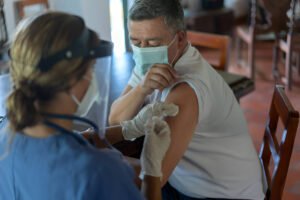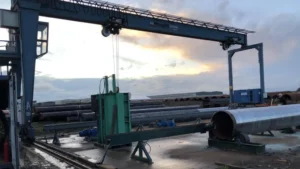A new report by the Economic Policy Institute (EPI) urges state governments to take action to strengthen worker protections, which the organization says are currently under serious threat.
The think tank, known for its research on labor and economic policy, released a three-step plan for states to improve workplace safety, health, and enforcement. EPI warns that past federal efforts to weaken safety rules — such as limiting OSHA’s General Duty Clause and delaying new standards on heat and silica exposure — have left many workers at risk.
Step 1: Secure Existing Federal Standards
The first step to strengthen worker protections is ensuring current federal safety standards are permanently written into state law. This prevents future rollbacks at the national level. EPI notes that states like Illinois have already taken steps to safeguard these standards and protect both private and public employees.
Step 2: Close Protection Gaps
The second step involves addressing hazards that federal OSHA has not fully covered. States are encouraged to adopt or strengthen standards on heat exposure, wildfire smoke, ergonomics, infectious diseases, and workplace violence. State Plan programs — which already have authority to go beyond federal requirements — can lead the way in enhancing these protections.
Step 3: Improve Enforcement and Awareness
Finally, the report calls for stronger enforcement and community awareness. States can make real progress by increasing inspections, applying fair penalties for violations, and ensuring workers know their rights. According to EPI, transparency and education play a critical role in long-term safety improvements.
The overall message is clear: state leaders have the power to act now and strengthen worker protections even when federal oversight is limited. With proactive legislation, effective enforcement, and public awareness, workplaces can become safer for everyone.
About OSHAssociation.org
OSHAssociation.org promotes global workplace health and safety awareness by providing accredited training, certifications, and education programs. The organization encourages governments and companies worldwide to implement better safety systems, improve enforcement standards, and protect workers’ well-being. Its mission aligns with the goal to strengthen worker protections through knowledge, compliance, and leadership.






